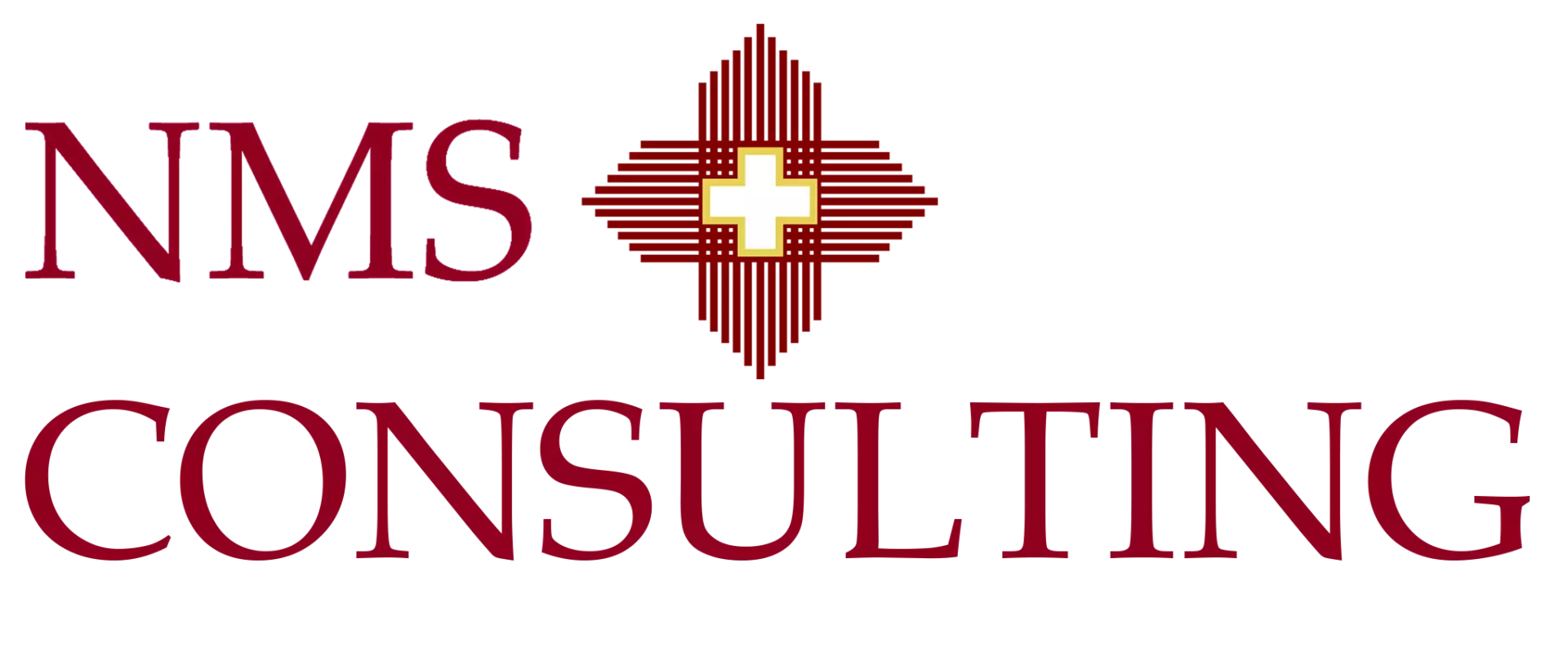Market Entry Strategy for Startups: Wedge, Beachhead and Scale

Published: • Updated:
On This Page
Start with a wedge offer that solves one sharp pain for one buyer group. Focus on a beachhead where you can win quickly and build proof. Once you have a repeatable win pattern, expand to adjacent segments using a bowling pin model with clear positioning, pricing, and channel plays.
Want a market entry plan with ICP, wedge offer, and channel tests your team can run next week? Talk to a consultant
Why Wedge, Beachhead And Scale Matter For Startups
| Idea | Focus | Source |
|---|---|---|
| Beachhead market then expand to adjacent pins | Bowling pin pattern | Geoffrey Moore |
| Wedge as an easy starting offer with fast proof | Low friction entry | Every; NFX |
| PMF paths link product and go to market motion | Hair on Fire and other paths | Sequoia |
| Founder led growth patterns at seed and Series A | Early GTM execution | First Round Review |
| Pricing choices shape motion and sales learning | B2B early stage | First Round Review |
30-60-90 Market Entry Plan
First 30 Days: Pick The Wedge And Baseline
- Define the ICP with one buyer, one pain, one use case. Write the problem claim, the before and after, and the first proof points. reference
- Draft the wedge offer and onboarding path that a customer can adopt in days, not months. reference
- Set three success tests: time to first value, first renewal or expansion, and a public reference timeline.
Days 31 To 60: Win The Beachhead
- Run two or three channels with simple messages and clear CTAs. Examples include founder outbound, partner referral, and one community play. reference
- Publish pricing and packaging that matches the wedge. Track close rate and discount discipline. reference
- Collect proof: short wins, ROI notes, and two case blurbs with customer quotes.
Days 61 To 90: Scale The Pattern
- Codify the bowling pin map: next adjacent segments by buyer lookalike, use case lookalike, or both. reference
- Handoff from founder led to an SDR or partner assisted motion where it fits. Lock the onboarding and success play.
- Automate a basic dashboard with pipeline, win rate, payback, and reference ratio by segment.
Core Components
- Wedge Offer: the smallest useful product slice or service scope that proves value fast and removes friction.
- Beachhead ICP: buyer role, pain, trigger event, and budget source. Add a one page battlecard for the top alternative.
- Positioning: problem, category, unique strength, and proof. Keep language in the buyer’s words.
- Pricing And Packaging: one good plan for the wedge, one step up, one enterprise path. Keep upsell tied to outcomes.
- Channel And Motion: founder led early, then partner or PLG as the pattern matures. Add referral prompts after first value.
- Proof And References: two short case blurbs and public quotes by day 90 if possible.
Workstreams, Moves, Metrics, References
| Workstream | Typical Moves | Metric | Reference |
|---|---|---|---|
| Wedge | Trim scope to one pain, easy onboarding, fast proof | Time to first value, adoption rate | Every |
| Beachhead | ICP clarity, segment specific message, focused channels | Win rate in segment | Moore interview |
| Pricing | Simple entry plan, guardrails on discounting | Close rate, net price | First Round |
| Channels | Founder outbound, partners, one community play | Pipeline by source, CAC payback | First Round |
| Scale | Map next pins, add roles, standardize onboarding | Expansion rate by pin | Geoffrey Moore |
| PMF Link | Align product path with motion | Retention, payback | Sequoia |
Frequently Asked Questions
How Narrow Should The Wedge Be?
Narrow enough that a buyer can adopt quickly and see value within days. If onboarding drags, reduce scope or switch the first use case. reference
How Do We Pick The Beachhead?
Look for a segment where the pain is urgent, the buyer is reachable, and the team has an advantage. Moore’s advice is big enough to matter, small enough to lead, and a good fit with your strengths. reference
When Do We Add More Segments?
After the first segment shows a repeatable pattern for wins and retention. Then move to adjacent pins with similar buyers or use cases. reference
Related Reading
- Market Entry Strategy Consulting
- What Is A Market Entry Strategy?
- Market Entry Strategy And Business Expansion
- Market Entry Strategy: Mastering Business Expansion
- Advantages Of Consultants In Marketing And Sales
- How Consulting Reshapes Marketing And Sales
- Marketing And Sales Services
- AI Strategy To Value: Benefits Of AI Consulting
Sources
- Lenny’s Newsletter. Geoffrey Moore on finding a beachhead and crossing the chasm. https://www.lennysnewsletter.com/p/geoffrey-moore-on-finding-your-beachhead :contentReference[oaicite:0]{index=0}
- Geoffrey A. Moore blog. After the chasm, scaling beyond the beachhead. https://geoffreyamoore.com/business_blogs/after-the-chasm-scaling-beyond-the-beachhead/ :contentReference[oaicite:1]{index=1}
- NFX. Twelve wedge patterns for early traction. https://www.nfx.com/post/finding-your-killer-wedge :contentReference[oaicite:2]{index=2}
- MKT1. Wedge marketing strategy. https://newsletter.mkt1.co/p/wedge-marketing-strategy :contentReference[oaicite:3]{index=3}
- Sequoia. Arc PMF framework linking product and go to market. https://www.sequoiacap.com/article/pmf-framework/ :contentReference[oaicite:4]{index=4}
- First Round Review. B2B pricing lessons. https://review.firstround.com/pricing-lessons-from-working-with-30-seed-and-series-a-b2b-startups/ :contentReference[oaicite:5]{index=5}
- First Round Review. Founder led growth playbook. https://review.firstround.com/founder-led-growth-playbook/ :contentReference[oaicite:6]{index=6}
About the Author
Aykut Cakir, Senior Partner and Chief Executive Officer, has a demonstrated history in negotiations, business planning, business development. He has served as a Finance Director for gases & energy, pharmaceuticals, retail, FMCG, and automotive industries. He has collaborated closely with client leadership to co-create a customized operating model tailored to the unique needs of each project segment in the region. Aykut conducted workshops focused on developing effective communication strategies to ensure team alignment with new operating models and organizational changes.




